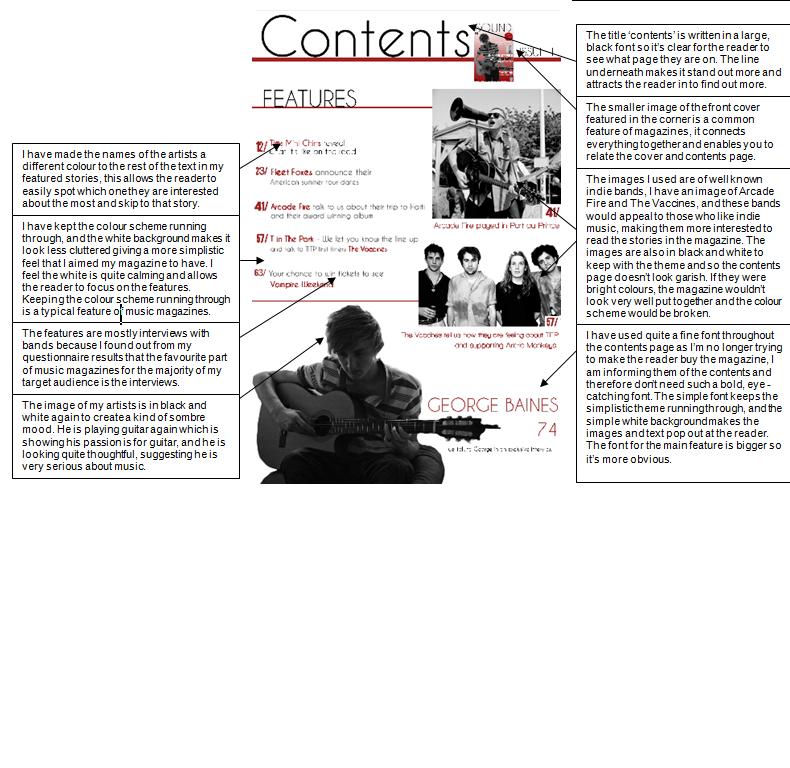Questionnaire
Hello, my name is Samantha Hulmes and I am a student at Sponne School sixth form. I have devised this questionnaire to find out what sixth form students would like in a music magazine, and I would appreciate it greatly if you could take time to fill out this questionnaire. Please circle the appropriate answers, and if for any reason you feel uncomfortable answering a question, feel free to leave it blank. Many thanks
Samantha Hulmes
What gender are you?
Male
Female
How old are you?
7-10
11-14
15-18
19-22
23+
What is your favourite music genre? (Please tick one)
Pop
Rock
Indie
Drum and Bass
Other
…………………………………………………………………………………............
Do you buy music magazines?
Yes
No
If so, what music magazines do you buy?
…………………………………………………………………………………………..
If not, why?
…………………………………………………………………………………………..
How often do you buy music magazines? …………………………………………………………………………………………..
How much disposable income do you have per week?
£0 - £10
£11 - £20
£21 - £30
£31+
How much are you prepared to spend on a music magazine?
0 – 50p
51p - £1
£1.1 - £2
£2.1 - £3
£3.1 - £4
£4.1 +
What is your favourite part of a music magazine?
Interviews
Stories
Quizzes
Free offers
Other
…………………………………………………………………………………………..
Should the language used in the magazine be formal or informal?
Informal
Formal
Both
Does the main image attract you to the magazine?
Yes
No
Sometimes
Where do you usually buy your magazines from?
…………………………………………………………………………………………..
Who is/are your favourite music artist(s)?
………………………………………………………………………………………….
Do you go to music festivals and concerts?
Yes
No
Would you like upcoming gigs and tours to be advertised in the music magazine?
Yes
No
How often do you think a music magazine should be published?
Daily
Weekly
Monthly
How do you purchase your music?
CD
Download
Other
…………………………………………………………………………………………..
Thank you






























